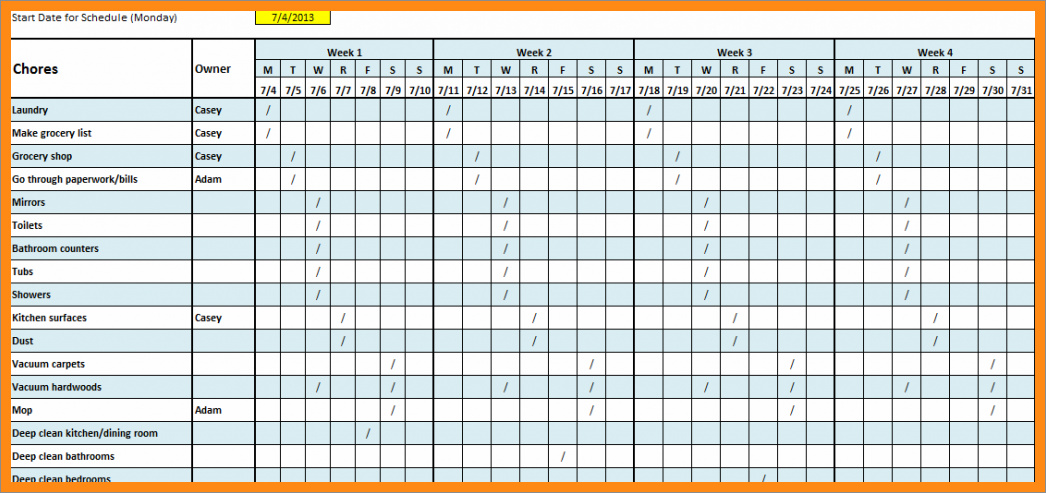Managing a team of employees can be a challenging task, especially when it comes to scheduling their work shifts. A well-designed monthly staff schedule is essential for ensuring productivity, maintaining employee satisfaction, and meeting business goals.
In this article, we will explore the key components of a successful monthly staff schedule and provide practical tips for creating one that works for your team.
Why is a Monthly Staff Schedule Important?
A monthly staff schedule serves as a roadmap for your employees, outlining their work hours, days off, and any specific tasks or responsibilities they have during a given period. It provides clarity and structure, allowing employees to plan their personal lives and commitments accordingly.
Moreover, an effective monthly staff schedule helps you optimize your workforce, ensuring that you have the right number of employees with the necessary skills at any given time. By aligning staff availability with business demands, you can avoid understaffing or overstaffing situations, leading to improved efficiency and customer satisfaction.
How to Create a Monthly Staff Schedule
When designing a monthly staff schedule, it is important to consider various factors such as employee availability, workload distribution, and business requirements. Here are some steps to help you create an effective monthly staff schedule:
1. Assess Staff Availability and Preferences
Begin by gathering information about your employees’ availability and preferences. Consider their preferred working hours, days off, and any other commitments they may have. This will help you create a schedule that accommodates their needs and promotes work-life balance.
2. Analyze Workload and Business Demand
Next, analyze your business demand and workload patterns. Identify peak hours or days when more staff is required and plan your schedule accordingly. Distribute the workload evenly among your team members, taking into account their skills and capabilities.
3. Consider Legal and Regulatory Requirements
Familiarize yourself with any legal or regulatory requirements related to staff scheduling. For example, some jurisdictions have laws regarding maximum working hours, minimum rest periods, and overtime pay. Ensure that your schedule adheres to these regulations to avoid any legal issues.
4. Use Scheduling Software or Tools
Consider using scheduling software or tools to streamline the process and avoid errors. These tools can help you automate scheduling tasks, track employee availability, and generate reports. They also allow for easy communication between managers and employees regarding schedule changes or shift swaps.
5. Communicate the Schedule Effectively
Once the schedule is created, ensure that it is communicated effectively to your staff. Provide them with a copy of the schedule well in advance, allowing them enough time to review and request any necessary changes. Consider using digital platforms or a shared online calendar to make the schedule easily accessible to all employees.
6. Monitor and Adjust the Schedule
Regularly monitor the effectiveness of your monthly staff schedule and make adjustments as needed. Keep track of any changes in business demand, employee availability, or other factors that may require schedule modifications. Solicit feedback from your team and be open to making improvements based on their input.
7. Ensure Compliance with Labor Laws
Lastly, ensure that your monthly staff schedule complies with labor laws and regulations. Familiarize yourself with laws related to overtime pay, rest periods, and breaks, and ensure that your schedule meets these requirements. This will help you avoid legal issues and maintain a positive work environment.
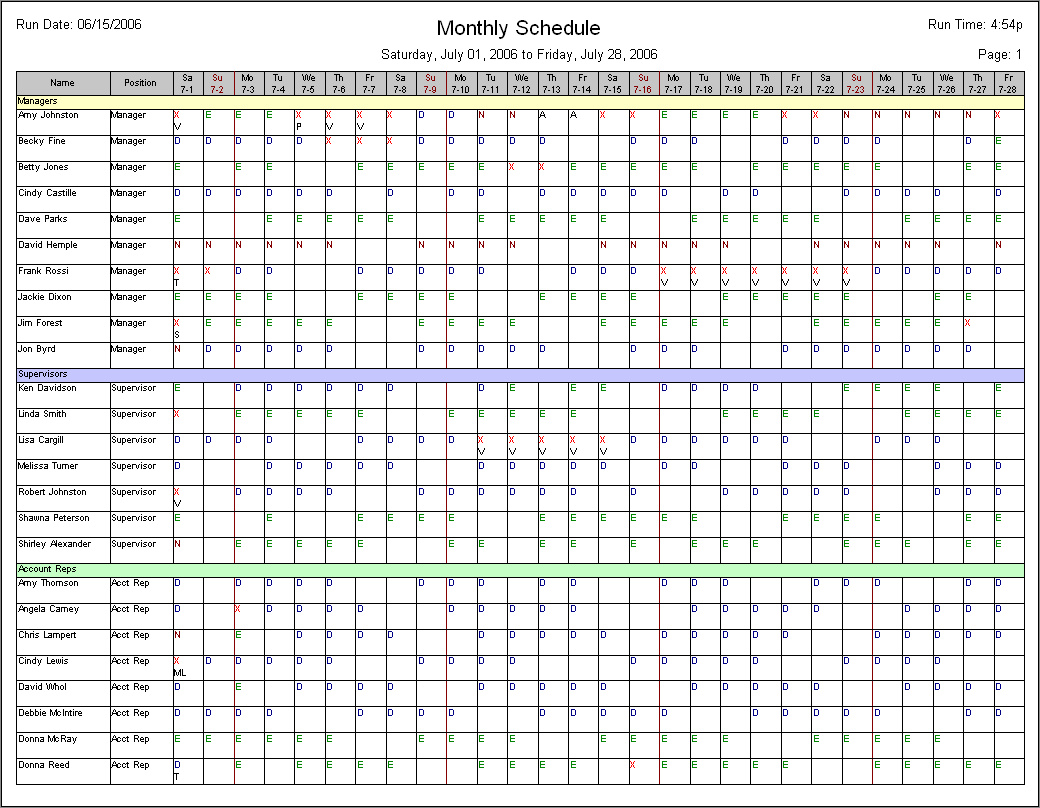
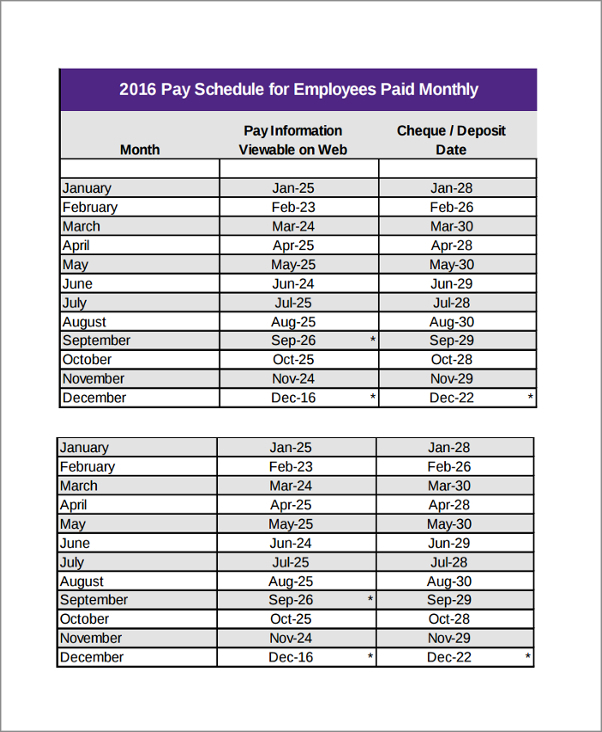
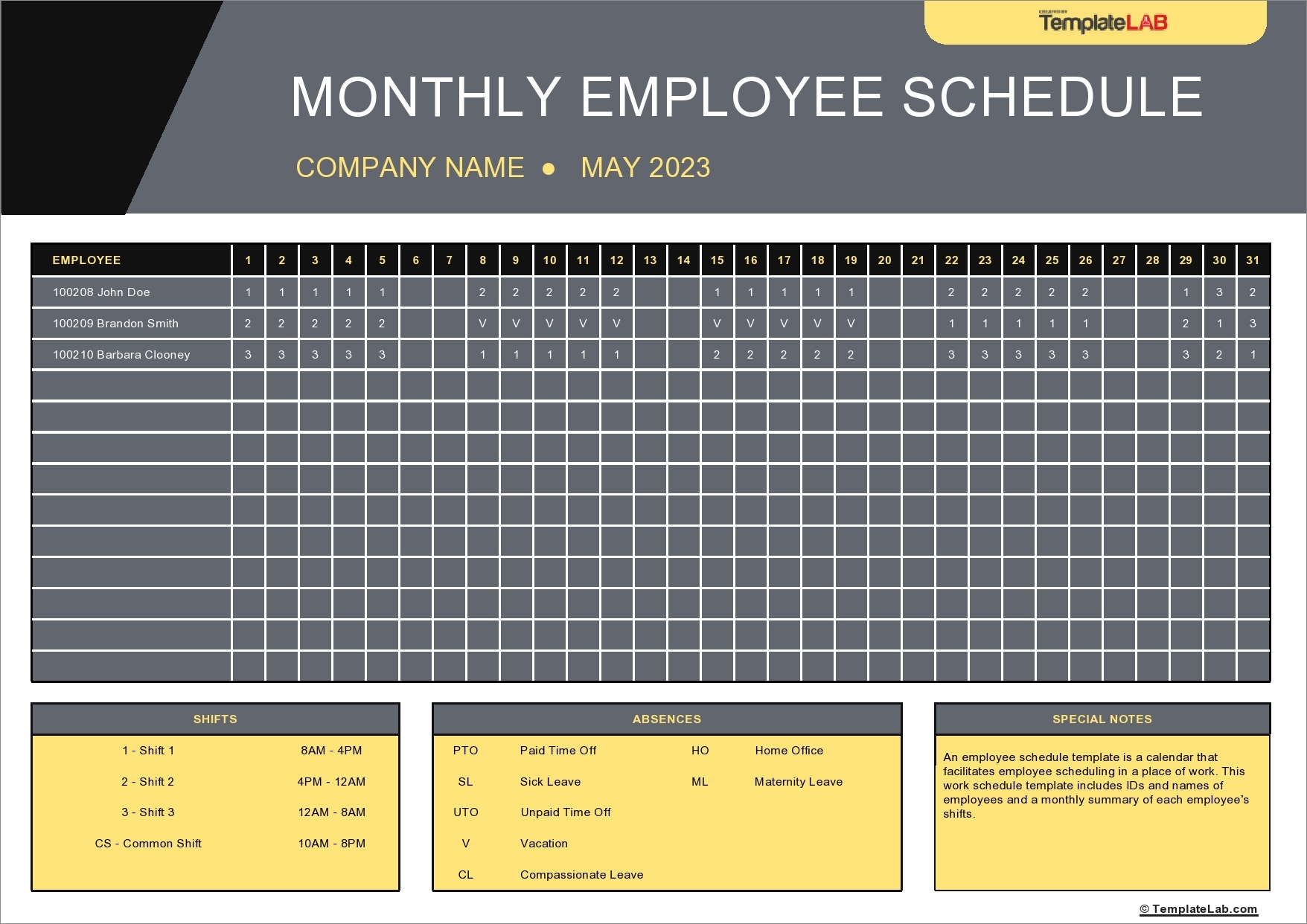
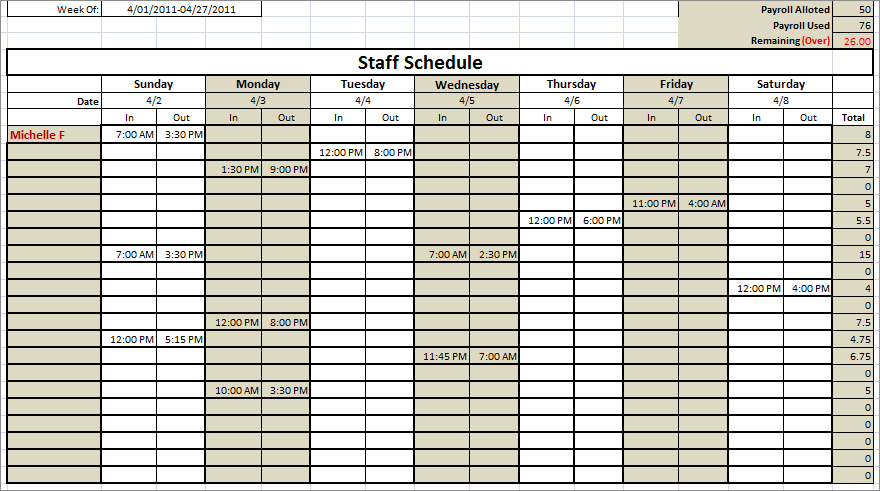
Benefits of an Effective Monthly Staff Schedule
An effective monthly staff schedule offers several benefits for both employers and employees. Here are some key advantages:
- Improved Productivity: A well-designed schedule ensures that the right employees are available at the right time, leading to increased productivity and efficiency.
- Enhanced Employee Satisfaction: By considering employee preferences and promoting work-life balance, a monthly staff schedule can contribute to higher job satisfaction and employee retention.
- Optimized Workforce Management: A balanced schedule helps you avoid understaffing or overstaffing situations, optimizing your workforce and reducing labor costs.
- Effective Task Allocation: By distributing the workload evenly among your team members, a monthly staff schedule ensures that tasks are assigned based on employees’ skills and capabilities.
- Improved Customer Service: A well-staffed schedule ensures that you have enough employees available to meet customer demands, leading to improved customer satisfaction.
- Compliance with Labor Laws: By adhering to labor laws and regulations, you can avoid legal issues and maintain a positive work environment.
Conclusion
A monthly staff schedule is a vital tool for effective workforce management. By considering employee availability, workload distribution, and legal requirements, you can create a schedule that promotes productivity, employee satisfaction, and business success. Regularly monitor and adjust the schedule as needed to ensure its continued effectiveness. Remember, a well-designed monthly staff schedule is a win-win for both employers and employees.
Monthly Staff Schedule Template Excel – Download
